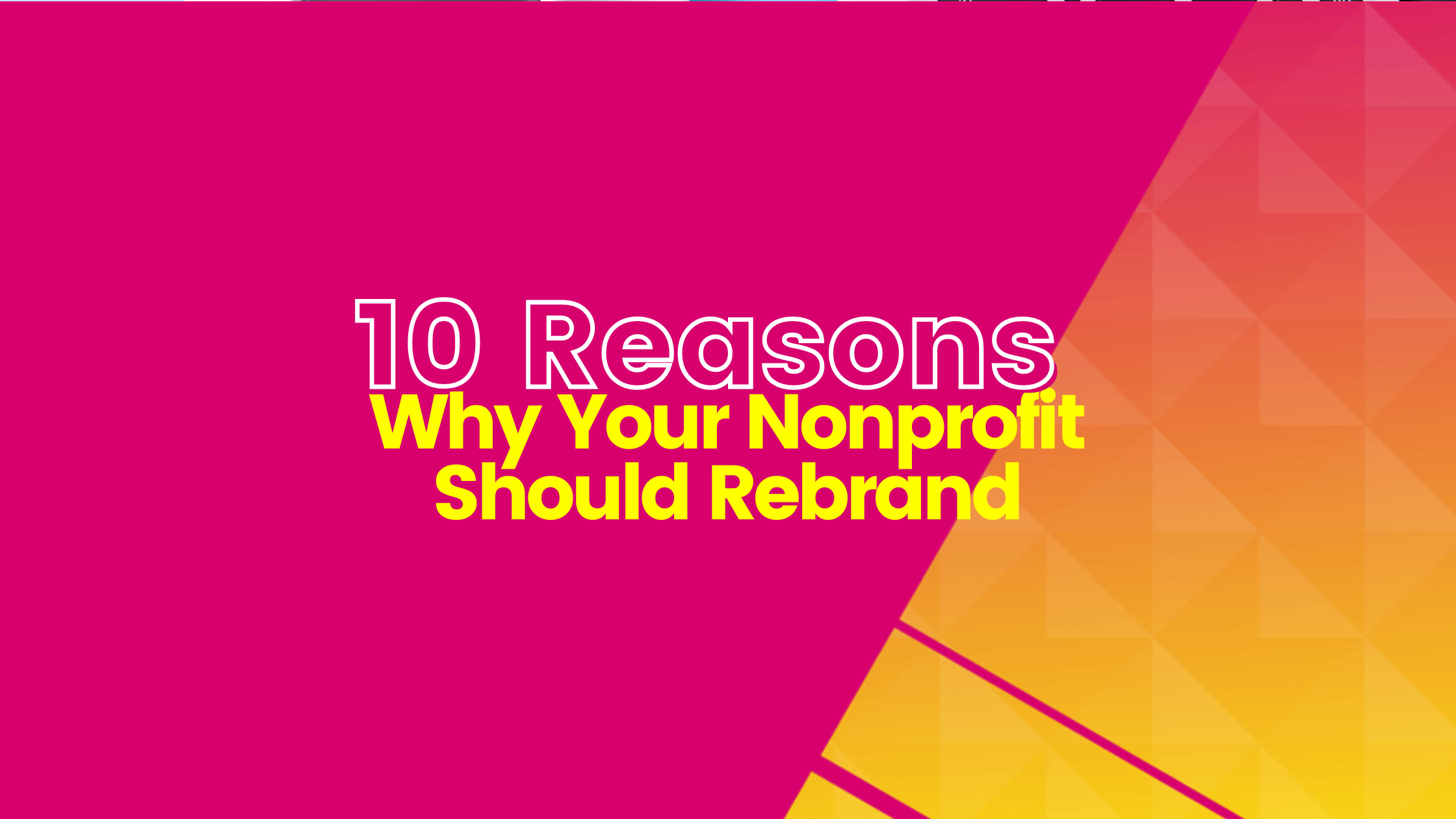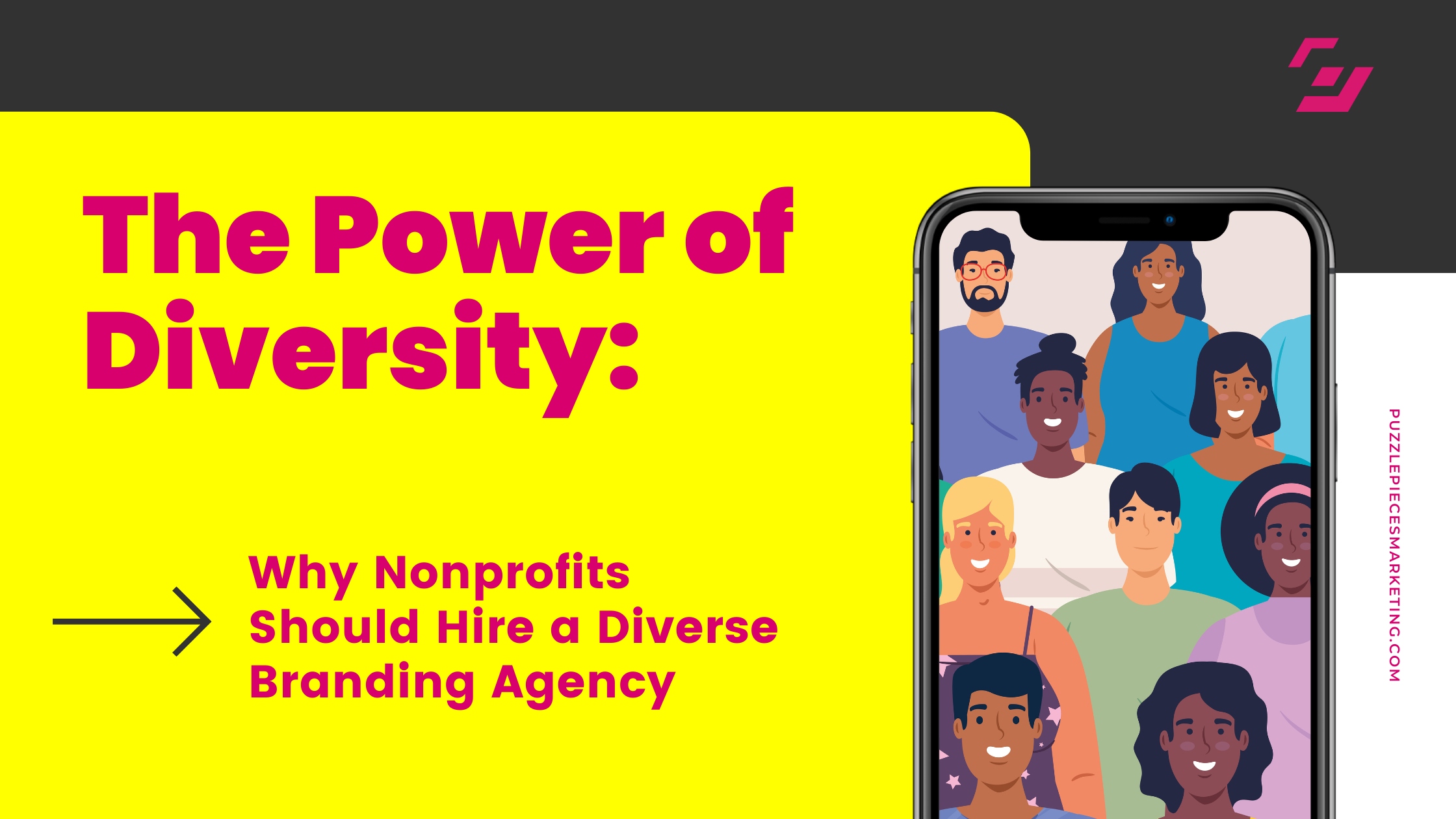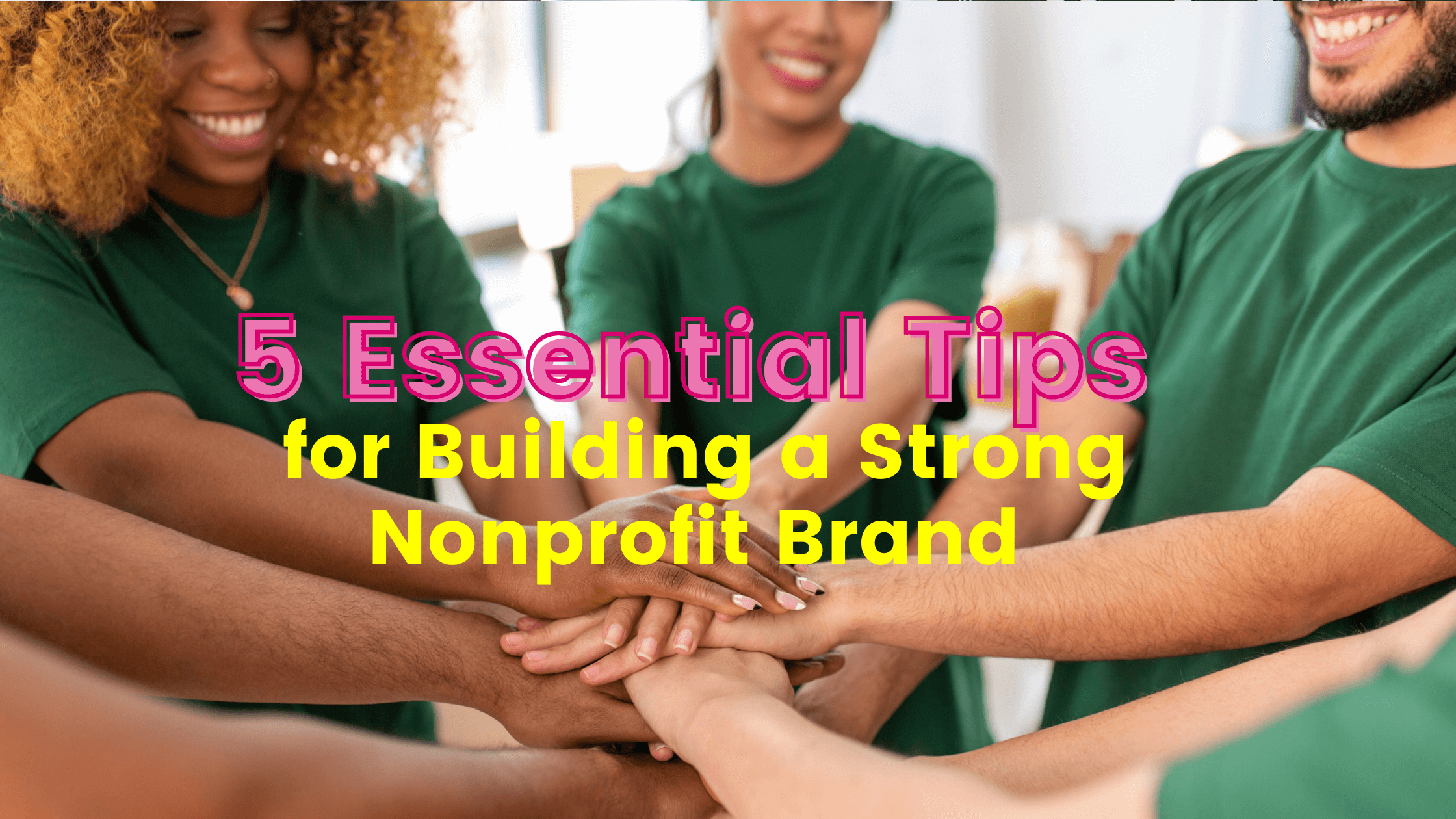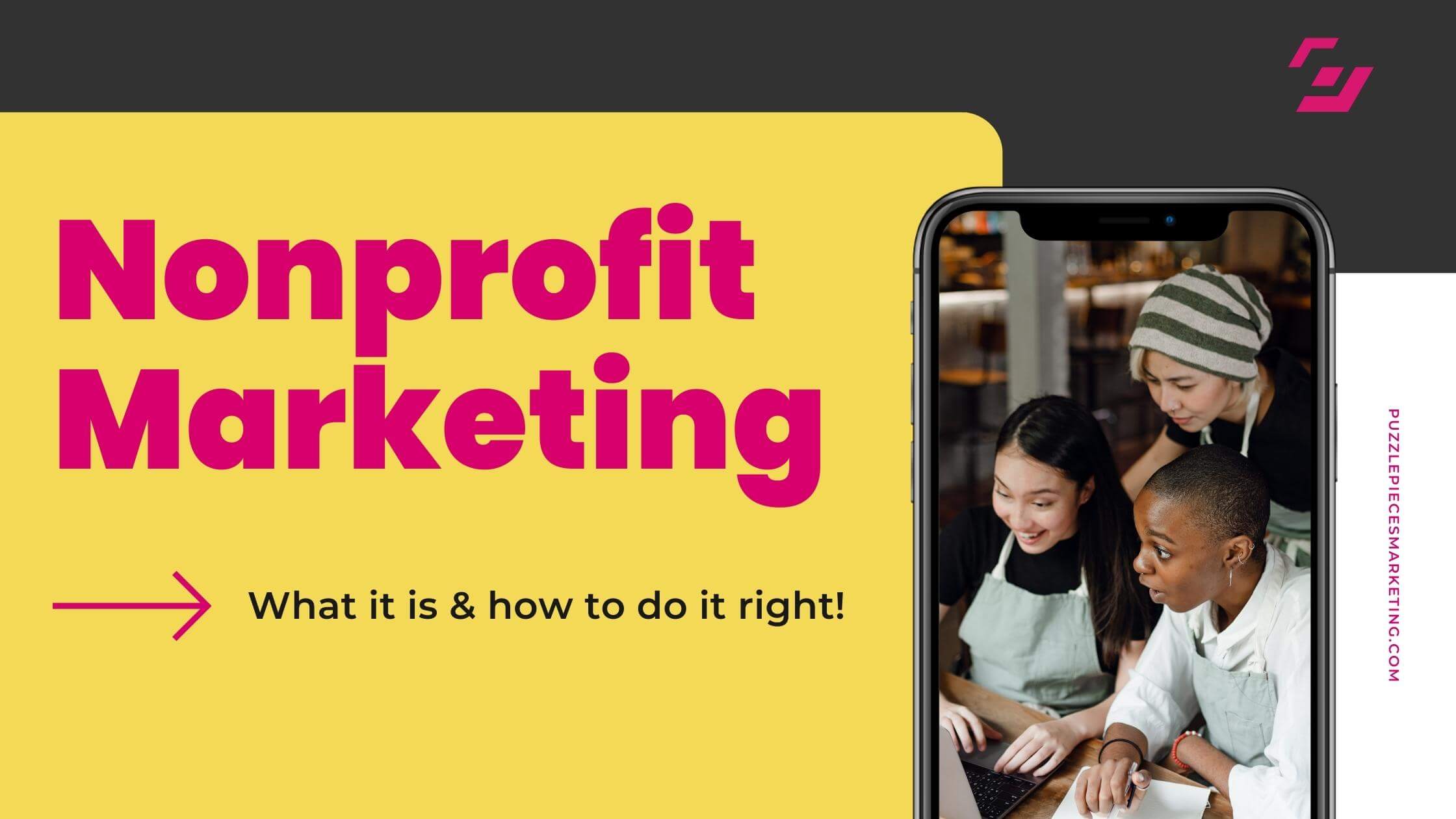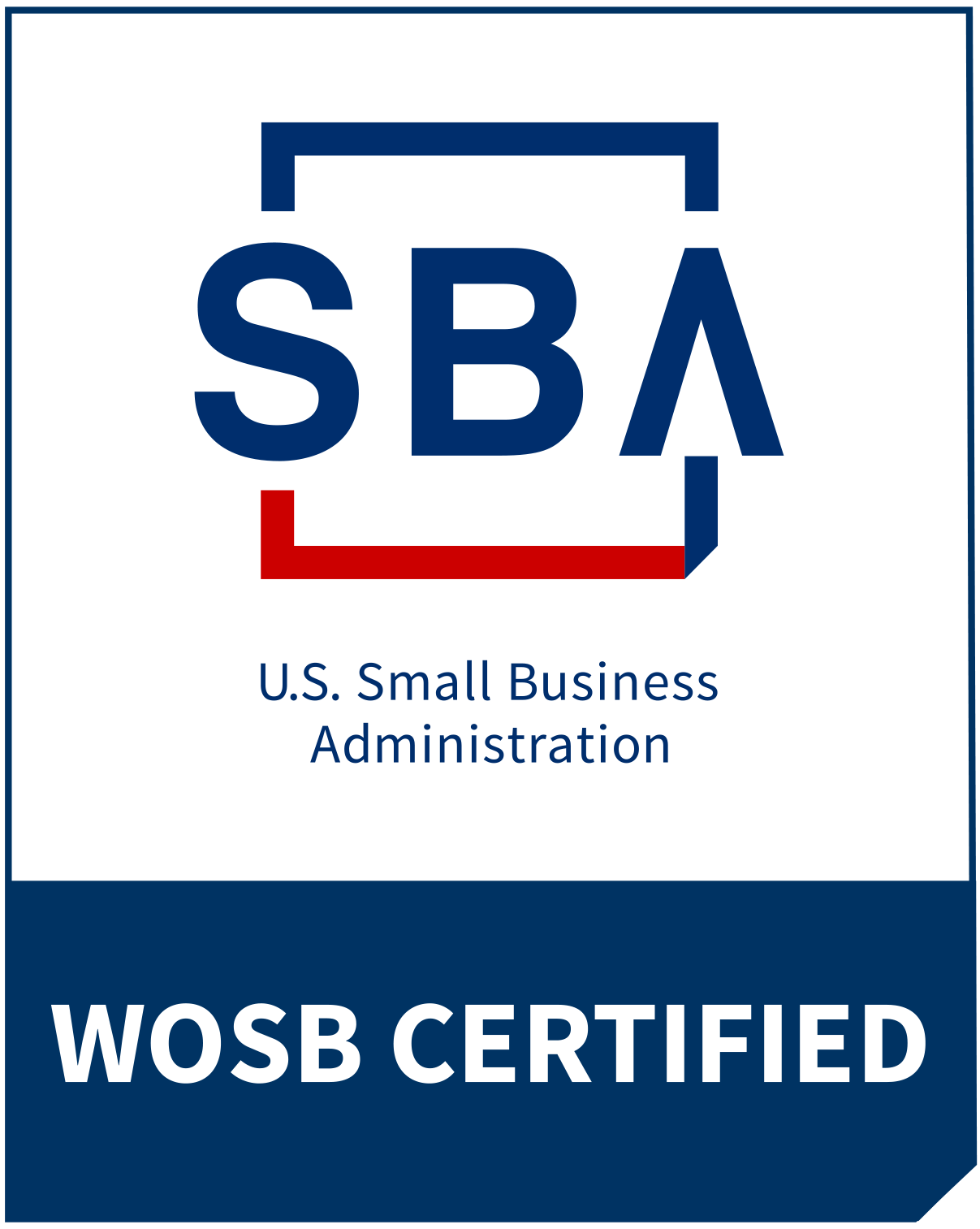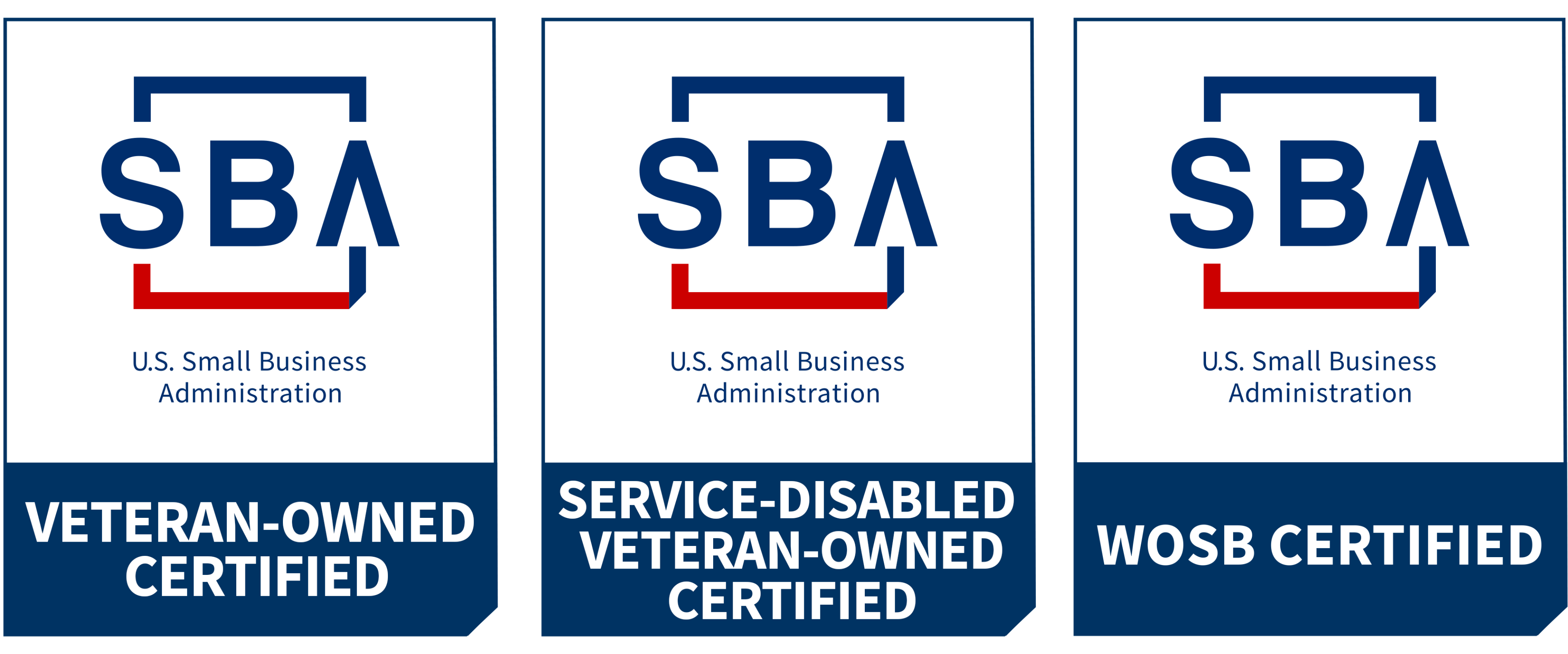What is Social Media Marketing?
Whether it’s Facebook, Instagram, Twitter, or Pinterest, brands utilize social media in order to build brand awareness and connect with new audiences. Here’s where you’ll find: new product announcements, promotions, and sometimes, a bit more.
Wendy’s is as famous for its burgers as it is for the brand’s hilarious Twitter account. Penguin Random House Publishing offers daily book recommendations. Even the Field Museum in Chicago gives its T. Rex skeleton—she goes by Sue—full reign (of terror) over the museum’s social media.
That’s social media marketing in a nutshell: the use of social network platforms in order to increase engagement for your brand, get more people to visit your website, and leave an impression.
The Common Questions…
With so many social channel networks out there, you may be wondering where to focus your marketing efforts.
- Which social media platform(s) should you be on?
- How often should you post?
- Does your brand really need a Snapchat account, or is LinkedIn a better fit?
- Do you have to be a snarky museum mascot to get traction in the world of social media advertising?
Below, we’ll break down the fundamentals of creating a social media marketing strategy for your business or nonprofit organization.
How to Create a Social Media Marketing Plan
In business, time is a precious commodity. So you don’t want to waste it on social media marketing initiatives that don’t deliver results. Unfortunately, you’re facing the world wide web—an ocean of possibilities.
The difference between getting lost in the waves or charting a confident course? A plan.
And a pirate’s hat for good measure.
Step 1: Decide Who Your Target Audience Is
Picture your ideal customer. How old are they? Where do they live? What are their interests? Are they the type of person who refers to their cats as children? …are they the type of person who refers to their children as cats?
Try to build as detailed a profile as possible for the ideal user of your product (or, if you’re a nonprofit, the ideal donor).
Not sure how to get started? Try looking at your current customer/donor base and see if you can detect any commonalities.
Once you’ve finished this profile, which in marketing-speak is called a “buyer persona,” do some market research to determine which social media platforms are most often used by your ideal customer.
For instance, if your organic dog food business’s ideal customer is a male in his late-fifties who knits custom Christmas sweaters for his dog, your brand should probably concentrate on networks like Nextdoor, Twitter, and Facebook, rather than establishing a presence on Twitch or TikTok. Those platforms are geared toward much younger users and won’t help scale your following as quickly.
Step 2: Create a Content Calendar
Now that you’ve decided which social media network(s) your brand will use, it’s time to cook up a game plan for catching their attention and increasing consumer engagement. Begin by making a list of the types of content that might interest your audience.
A general rule of thumb in social media marketing is that 80% of your content should NOT be about your brand. Why? Because nobody likes to be advertised to—it’s why Hulu subscribers pay extra every month to not watch commercials!
Rather, it should be general interest content that your target audience might find useful, funny, or educational (like cat memes).
For instance, if your nonprofit funds art classes for underserved youth, you should be posting:
- Alerts about local arts events
- Fascinating articles about the links between arts education and emotional intelligence
- Information about job openings at fellow traveler organizations
- Funny memes about art—you can even make them yourself!
Posts like these will help your audience see you as an authority on the topic of arts education, thereby amplifying your brand’s voice on any given social media platform. This will come in handy when you do post self-promotional content, making potential customers more likely to see your classes as valuable and high-quality.
Just as important, potential customers will get a chance to hear your brand’s unique voice and see your values in action through the content you post.
Slot both kinds of content—general interest and self-promotional—into a monthly content calendar, alternating content types as much as possible. That will ensure that your social media presence is varied and balanced.
Just remember: 80/20.
Step 3: Track Your Results
After identifying your target audience, creating content they’ll love and posting it across their most widely used platforms, you’re probably feeling pretty social media savvy. But to become a 10th-degree blackbelt in social media strategy, all of this hard work should be accompanied by robust reporting. That way, you can see whether you’re on track to meet your social media marketing goals.
These goals might include:
- Increasing traffic to your website by 15%
- Getting $[x] in donations per month
- Selling more tickets to your events
- Raising sales of your product by 20%
Google Analytics and Google Search Engine Optimization can help you discover where your web traffic and sales are coming from, while Facebook Fundraisers allow you to directly collect donations. Other apps, such as Eventbrite, integrate with social media platforms and your website, so you can find out which networks are helping you sell the most tickets—and ramp up the methods that work.
Step 4: Amplify Your Brand with Paid Help
To zhuzh up your social media presence, consider giving your marketing efforts some paid assistance. There are two ways to do this:
- Boosting your organic content with paid ads
- Enlisting professional guidance for your social media marketing plan
Both methods can help you quickly attract followers and engage with the right audiences, dramatically improving revenue—now and for years to come.
Social Media Marketing: A New Frontier For Your Brand
Diving into the oceanic social media landscape may seem daunting at first—what with the sharks and sea monsters and whatnot. But once you’re armed with a plan and a goal, social media is simply a new way to build connections, make an impression, and show what your brand is really made of.
So… back to the beginning. What is social media marketing? It’s an opportunity to communicate directly with those who already exhibit brand loyalty and those who soon will.
Sources:
Buffer. What is Social Media Marketing?. https://buffer.com/social-media-marketing
Classy. 11 Ways to Grow Your Nonprofit Social Media Followers. https://www.classy.org/blog/11-ways-grow-nonprofit-social-media-followers/
NeilPatel.com. Social Media Marketing Made Simple: A Step-by-Step Guide. https://neilpatel.com/what-is-social-media-marketing/
Chicago Magazine. Best Twitter Use by a Local Dinosaur. https://www.chicagomag.com/arts-culture/December-2017/Best-Twitter-Use-by-Local-Dinosaur/



